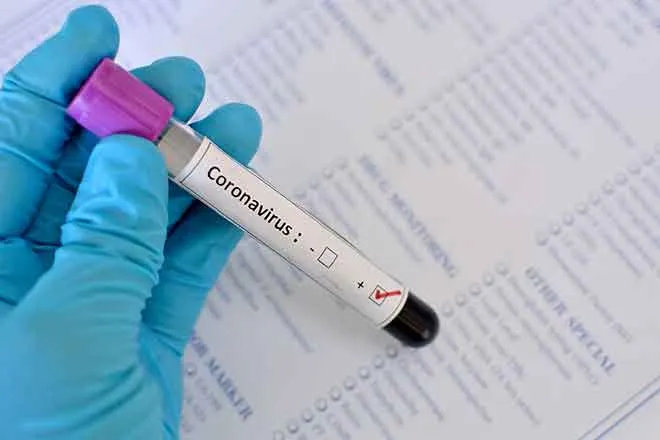
Dear Dietitian – How is nutrition used to treat macular degeneration?
Dear Dietitian,
My 73-year-old mother was recently diagnosed with macular degeneration. I have read that nutrition is a part of the treatment for this condition. Can you explain more about this, please?
Susan
Dear Susan,
Thanks to developments in research, there are better ways to treat age-related macular degeneration (AMD) today than twenty years ago. Currently, about eleven million Americans suffer from AMD, and that number is expected to double to twenty-two million by the year 2050 (1). Treatment may include surgery, nutrition, and medication.
The macula is the central part of the retina in your eye. It allows 20/20 vision and the ability to see color. One of the earliest symptoms of macular degeneration is blurred vision. As AMD progresses, the macula breaks down and, if left untreated, may lead to blindness.
The top 5 risk factors for AMD include:
- Age – AMD occurs more frequently in people over the age of sixty years.
- Smoking
- Family history of AMD
- Obesity – Body Mass Index (BMI) of 30 or higher
- High blood pressure
While some studies suggest the consumption of leafy green vegetables and fatty fish may help prevent the disease, the most reliable research has been performed on those who already have AMD.
The Age-Related Eye Disease Studies (AREDS) and AREDS2 evaluated the effects of high doses of certain nutrients on the progression of AMD. AREDS2 modified the supplement derived from the first study and came up with the following: 500 mg vitamin C, 400 IU vitamin E, 80 mg zinc, 2 mg copper, 10 mg lutein, and 2 mg zeaxanthin. This combination reduced the risk of advanced AMD and its associated vision loss (2).
While many of these nutrients can be obtained in your diet, consuming the amount needed daily to treat macular degeneration would be virtually impossible. Talk to your doctor and follow their instructions.
The nutrients in the following foods may help fight AMD:
- Vitamin C – citrus fruits, such as oranges, grapefruit, clementines, lemons, and strawberries
- Vitamin E – sunflower seeds, almonds, peanuts, and some plant oils
- Zinc – oysters, beef, fortified cereal, and Alaskan King crab
- Copper – shellfish, nuts, seeds, wheat bran cereal, and chocolate—yes, chocolate!!
- Lutein and zeaxanthin are antioxidants that protect the eye from damaging sunlight. They are plentiful in leafy green vegetables, such as kale, spinach, and turnip greens. Higher amounts are obtained in their cooked form simply because these vegetables cook down, and there is more food in one cup of cooked spinach versus one cup raw. Cooking also makes it easier for the body to absorb these nutrients. One more fundamental reason to eat your veggies!
Until next time, be healthy!
Dear Dietitian
References
- Age-Related Macular Degeneration: Fact & Figures (Jan. 5, 2019). Retrieved from https://www.brightfocus.org/macular/article/age-related-macular-facts-figures
- What the Age-Related Eye Disease Studies Mean for You (July 19, 2019) https://www.nei.nih.gov/research/clinical-trials/age-related-eye-disease-study-2-areds2/public-what-areds-means-you
Disclaimer: This column is for educational purposes and is not a substitution for medical care. Talk to an eye doctor if you think you may have macular degeneration.

















